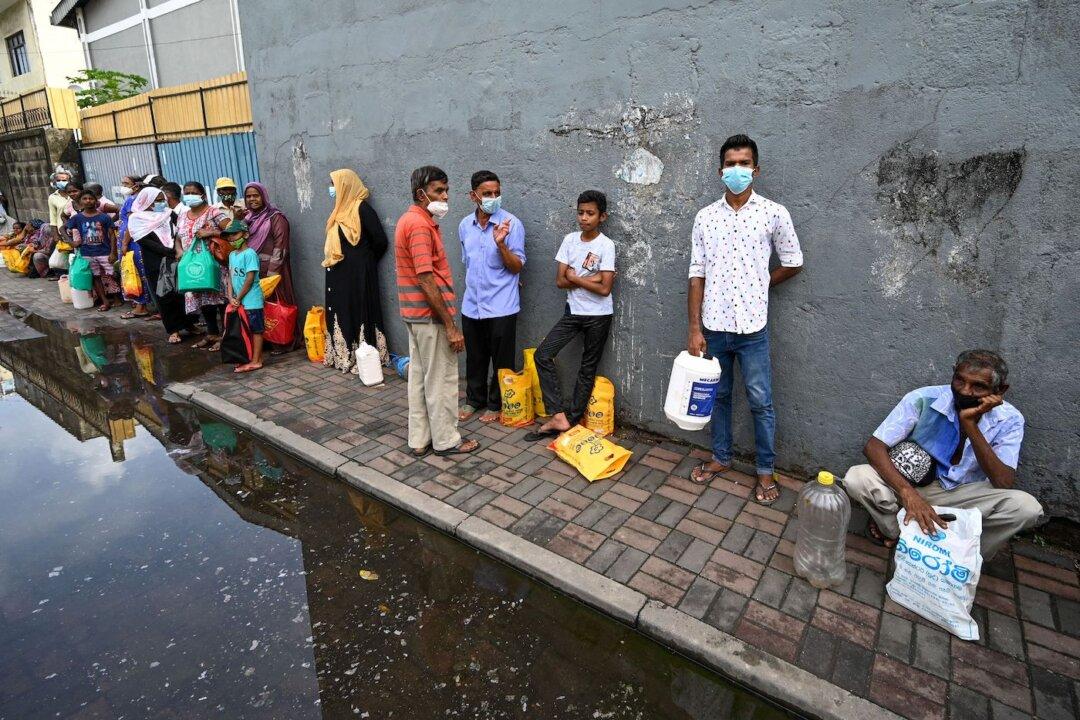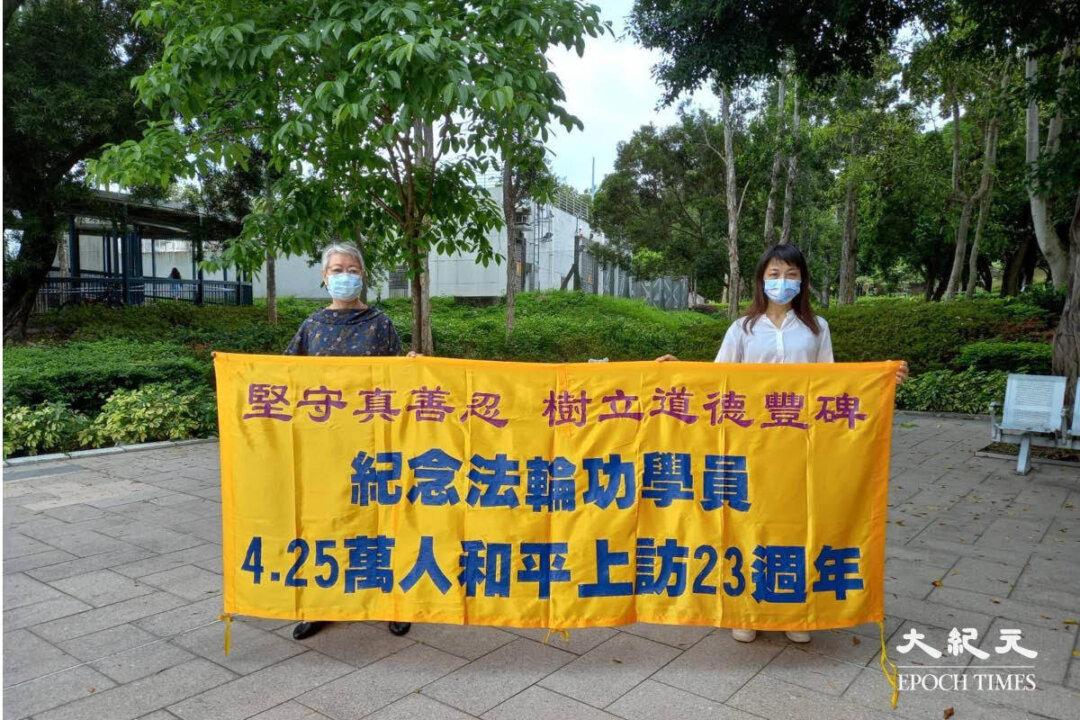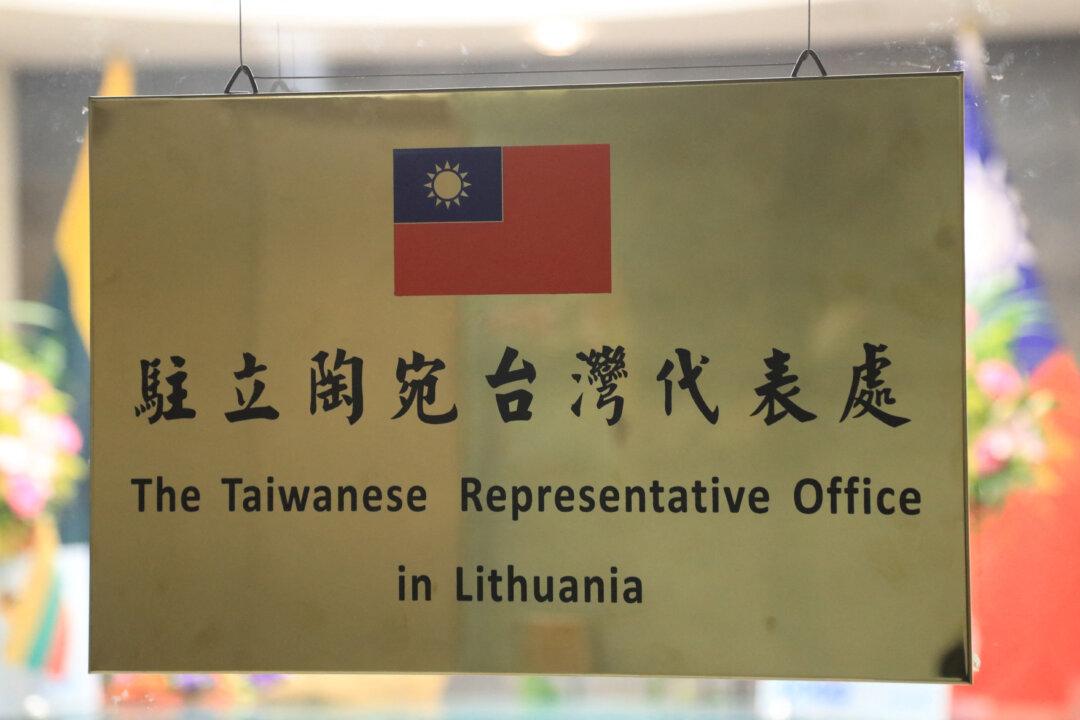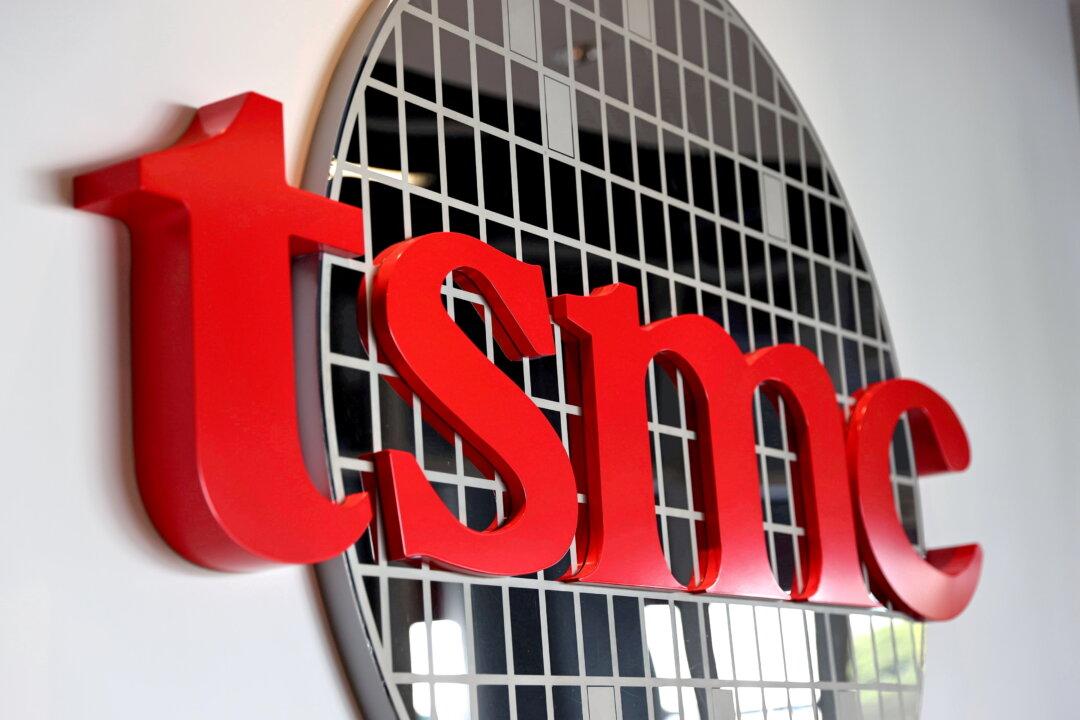Sri Lanka is in the grip of its worst economic and financial crisis since independence in 1948, plunging the country into chaos. In addition to the pandemic and the Russia-Ukraine war that have severely damaged the world’s second-largest tea exporter and major tourist destination, the country is also mired in the Chinese Communist Party (CCP)’s Belt and Road debt trap, with about $11 billion of its $51-billion total foreign debt owed to China.
Sri Lankan Prime Minister Mahinda Rajapaksa resigned on May 9 after violent clashes between his supporters and anti-government protesters.



